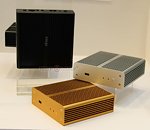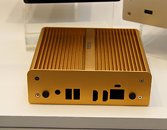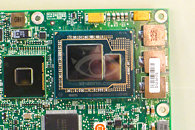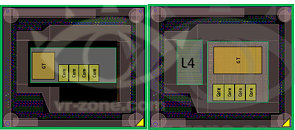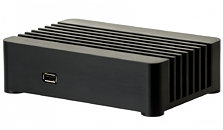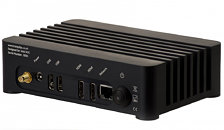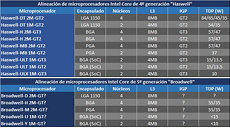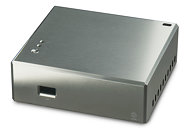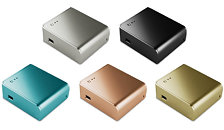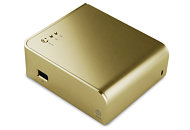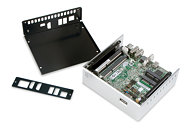It's no secret that nearly all Intel Core processors are carved out of essentially one or two physical dies, be it the "2M" die that physically features four cores and 8 MB of L3 cache, or the "1M" die, which physically features two cores and 4 MB of L3 cache. The two silicons are further graded for energy-efficiency and performance before being assigned a package most suited to them: desktop LGA, mobile PGA, mobile BGA, and with the introduction of the 4th generation Core "Haswell," SoC (system on chip, a package that's going to be a multi-chip module of the CPU and PCH dies). The SoC package will be designed to conserve PCB real-estate, and will be suited for extremely size-sensitive devices such as Ultrabooks.
The third kind of grading for the two silicons relates to its on-die graphics processor, which makes up over a third of the die area. Depending on the number of programmable shaders and ROPs unlocked, there are two grades: GT2, and GT3, with GT3 being the most powerful. On the desktop front (identified by silicon extension "-DT,") Intel very much will retain dual-core processors, which will make up its Core i3, Pentium, and Celeron processor lines. It will be lead by quad-core parts. All desktop processors feature the GT2 graphics core.

